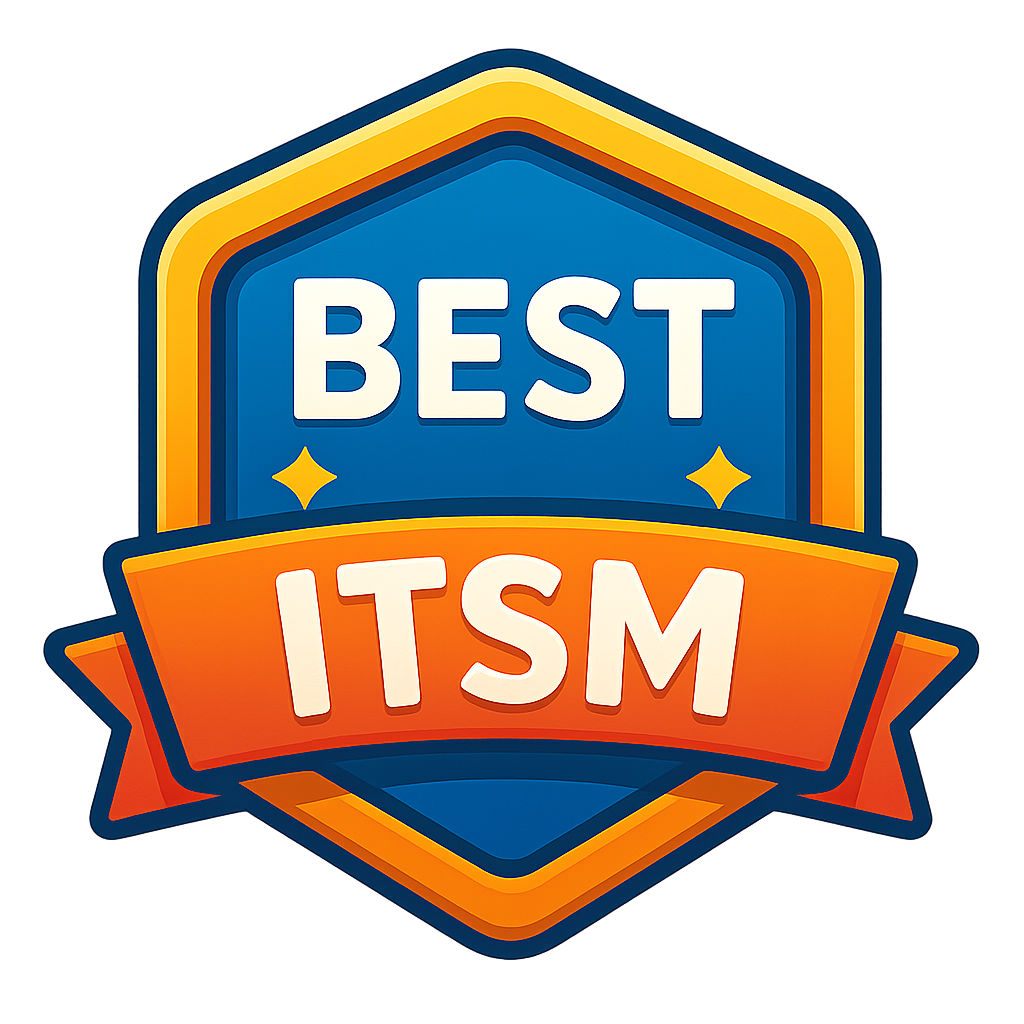SITS 2025: ITSM Industry at a Crossroads
The Service Desk & IT Support Show (SITS) 2025 offered a revealing snapshot of the current state of the IT Service Management (ITSM) industry. Beneath the usual gloss of product demos and branded giveaways, a more honest conversation emerged — one filled with quiet concern, cautious networking, and existential questions about the industry’s direction.
The “Next Step” Problem
There’s a growing sentiment among both vendors and customers: the ITSM market has stalled. Nearly every platform on the floor touted innovation, yet functionally, they remain strikingly similar. Incident management, knowledge bases, automation, integrations — these are no longer differentiators; they’re checkboxes.
The truth? Unless a customer is thoroughly fed up with their current solution or finds a critical feature gap, there’s very little incentive to switch. The barriers to change — time, cost, complexity — outweigh the perceived benefits of jumping to yet another tool that largely does the same thing. The industry has a “next step” problem: everyone is asking, what now?
HaloITSM: The Outlier
In this sea of sameness, one name kept surfacing — HaloITSM. What makes their rapid rise notable is not necessarily groundbreaking tech, but smart execution. They’ve hit a sweet spot: fast onboarding, clean UX, and a pricing model that feels increasingly appealing in a market where everyone is tightening budgets.
Anecdotally — through hallway conversations and whispered customer feedback — a trend is emerging: dissatisfaction with ServiceNow is growing. Not because it’s a bad platform, but because it’s become bloated, expensive, and complex. Companies want leaner tools, and HaloITSM is capturing that frustration and converting it into market share.
Fewer Footsteps, More Backroom Deals
This year’s SITS also highlighted another uncomfortable reality — attendance was noticeably down. Foot traffic through the exhibition hall thinned, and many booths felt more like reunion spaces for vendors than magnets for fresh leads.
But behind the quieter atmosphere was a lot of strategic conversation. Vendors huddled to talk integrations, partnerships, and ways to cross into each other’s channels. The hope? That maybe collaboration could be the growth engine they can no longer find through customer acquisition alone.
A Harsh Economic Reality
ITSM is not a primary need for many businesses — not anymore. It’s infrastructure, not innovation. And in an environment where companies are slashing budgets and prioritizing revenue-driving tools, ITSM often finds itself deprioritized.
Even those vendors that do raise capital and launch million-dollar marketing campaigns face a brutal ROI challenge. In a market this saturated, how much growth is left to buy?
What’s Next?
SITS 2025 didn’t provide many clear answers, but it did surface the questions everyone is already thinking:
- Can ITSM evolve beyond its current utility status?
- Is price disruption the only viable strategy in the short term?
- And will integration and ecosystem partnerships offer a lifeline — or just delay the inevitable plateau?
If anything was clear, it’s this: the ITSM industry is entering a period of reflection. The next 12–24 months will be telling. Will a new category emerge? Will a dominant player fall? Or will the space continue its slow commoditization?
Only time — and customer frustration — will tell.
